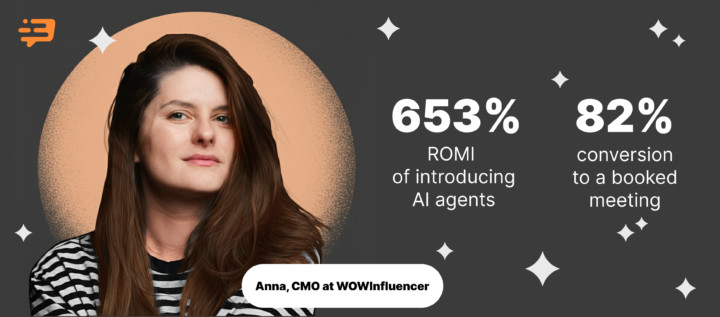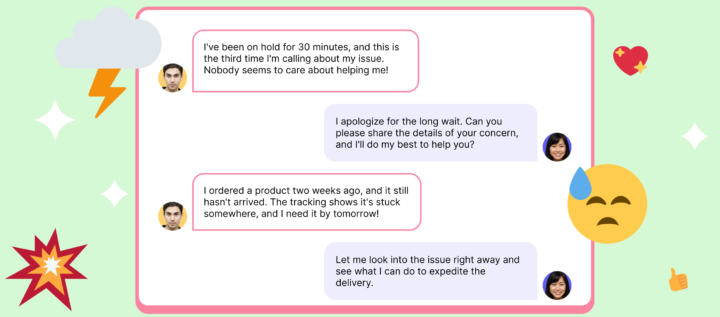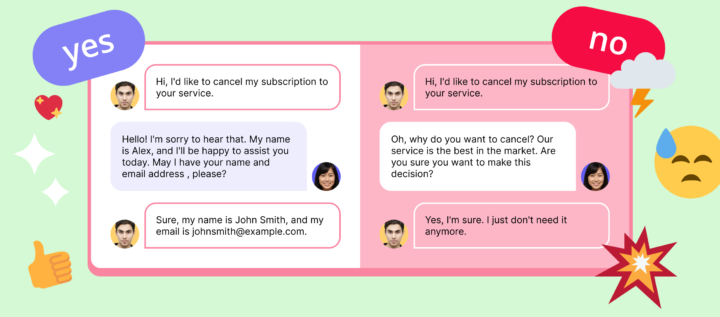Six sneaky pitfalls that kill your inbound funnel and how your team (and Dashly’s AI SDR) can fix it

A form fill or demo request feels like 80 % of the sale but the data says otherwise. Across thousands of Dashly dashboards we still see a 60–70 % drop‑off between MQL ➜ SQL ➜ closed‑won when the follow‑up workflow relies only on humans.
Industry‑wide research backs up the leak:
- LinkedIn’s Sales Leader Compass 2024 shows the average seller spends just 10 hours a week in real selling conversations less than a quarter of their work time. The report notes that smart use of AI could double that to 20 + hours.
- HubSpot’s 2024 Sales Trends Report echoes the strain: reps average only two hours of active selling per day, and the median B2B win rate sits at 21 %.
Put simply, most revenue leaks happen because humans have too little time for high‑value conversations. This article unpacks where those leaks appear and how to seal them.
1. Speed‑to‑lead gaps — humans miss the SLA, bots don’t sleep
What happens
A prospect hits Send at 22:47. Your rep answers at 09:05. That 10‑hour gap is fatal: studies show responding within five minutes makes you nine times more likely to convert the lead, while a one‑minute call‑back can spike conversion by 391 %.
Why it matters
Inbound intent is perishable. The longer the wait, the more tabs your buyer open. And one of them is your competitor.
How teams try to fix it
Many add a Calendly link on the thank‑you page. It’s better than radio silence, but it also clutters calendars with no‑shows because no qualification happens first.
Dashly way
Dashly’s AI SDR jumps into chat, email, or WhatsApp seconds after the form submit, confirms the pain point, and offers only qualified prospects a meeting slot that syncs with the AE’s calendar. Everyone else gets routed to self‑serve resources or Support AI.
Here’s a qualification example 👇
With MQLs
With non-MQLs
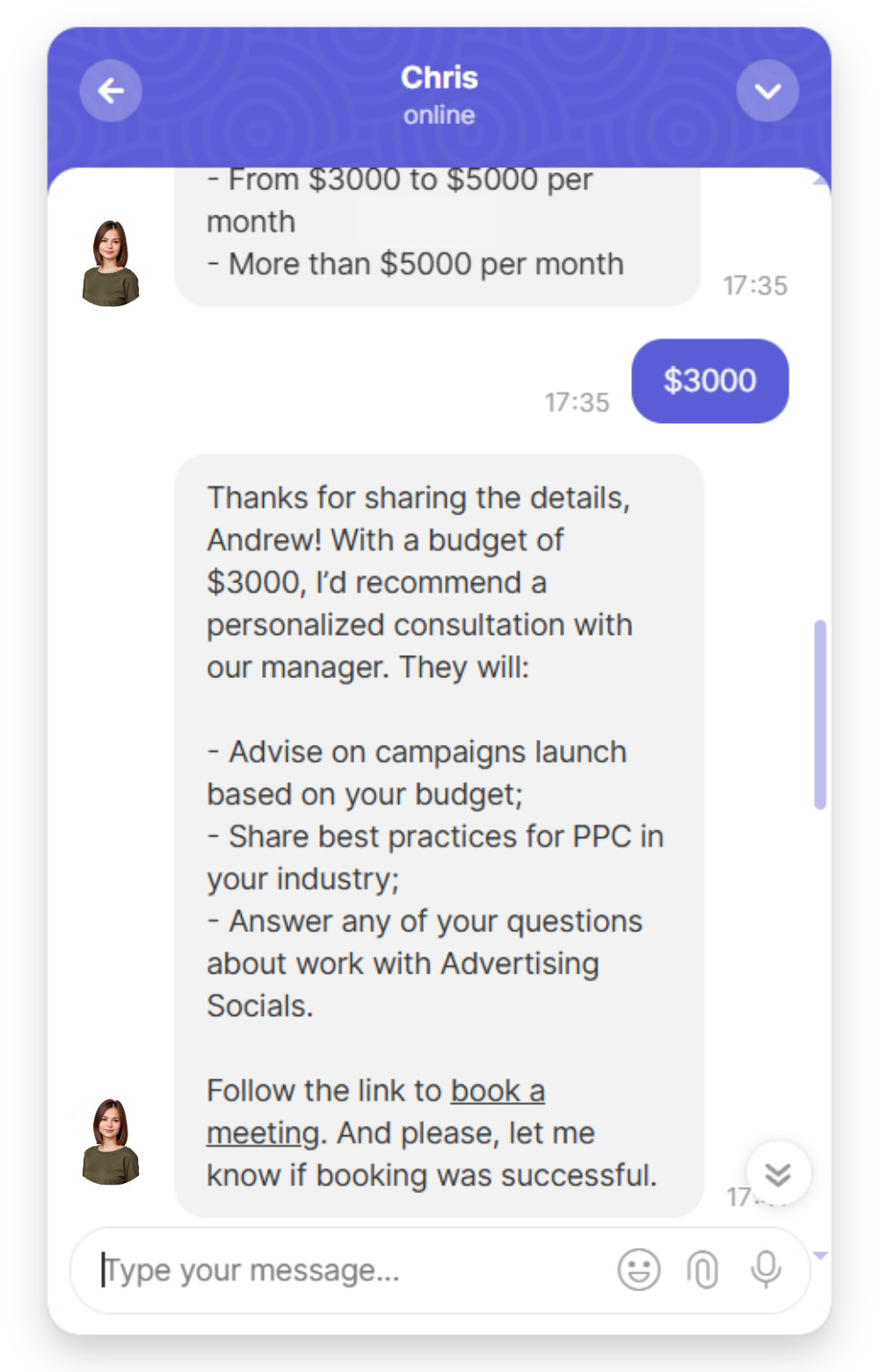
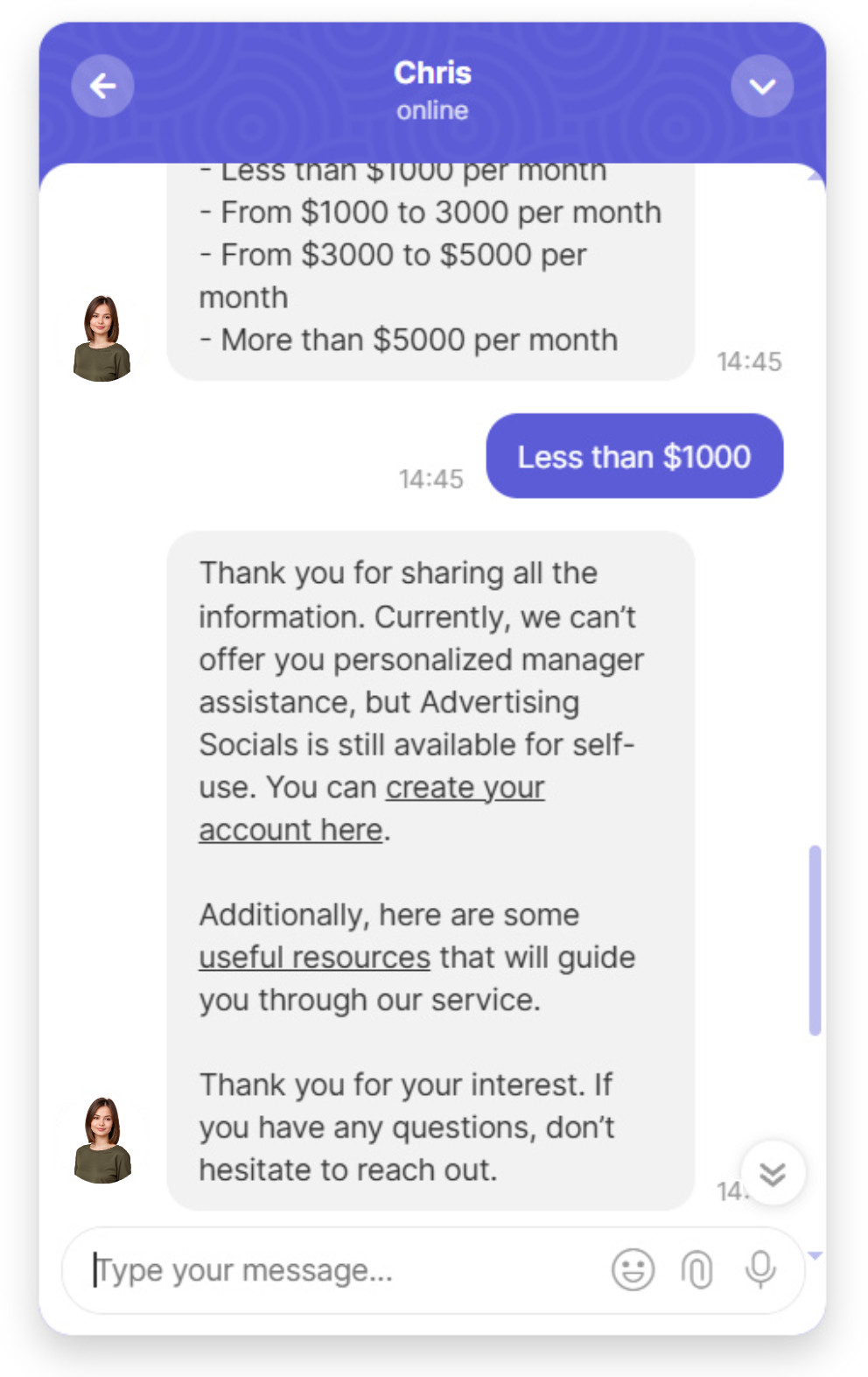
Result: Dahly client achieved a 536% increase in booked meetings conversion by automating engagement, qualification, and meeting booking with Dashly’s AI SDR.
Read the full customer success story:
2. “Marketing sends junk leads” — the blame game
What happens
Sales misses quota and points at Marketing: “The leads are rubbish.” Marketing fires back with CPC charts. Without shared data nobody knows who’s right.
Why it matters
Volume alone is a vanity metric; without fit, low-quality leads clog the pipeline, waste sales managers’ time, and distort CAC/LTV economics. High‑performing teams therefore set an MQL‑to‑SQL conversion target (often 30–40 %) that Marketing owns. When that rate slips, the culprit is usually a fuzzy ICP or loose qualification.
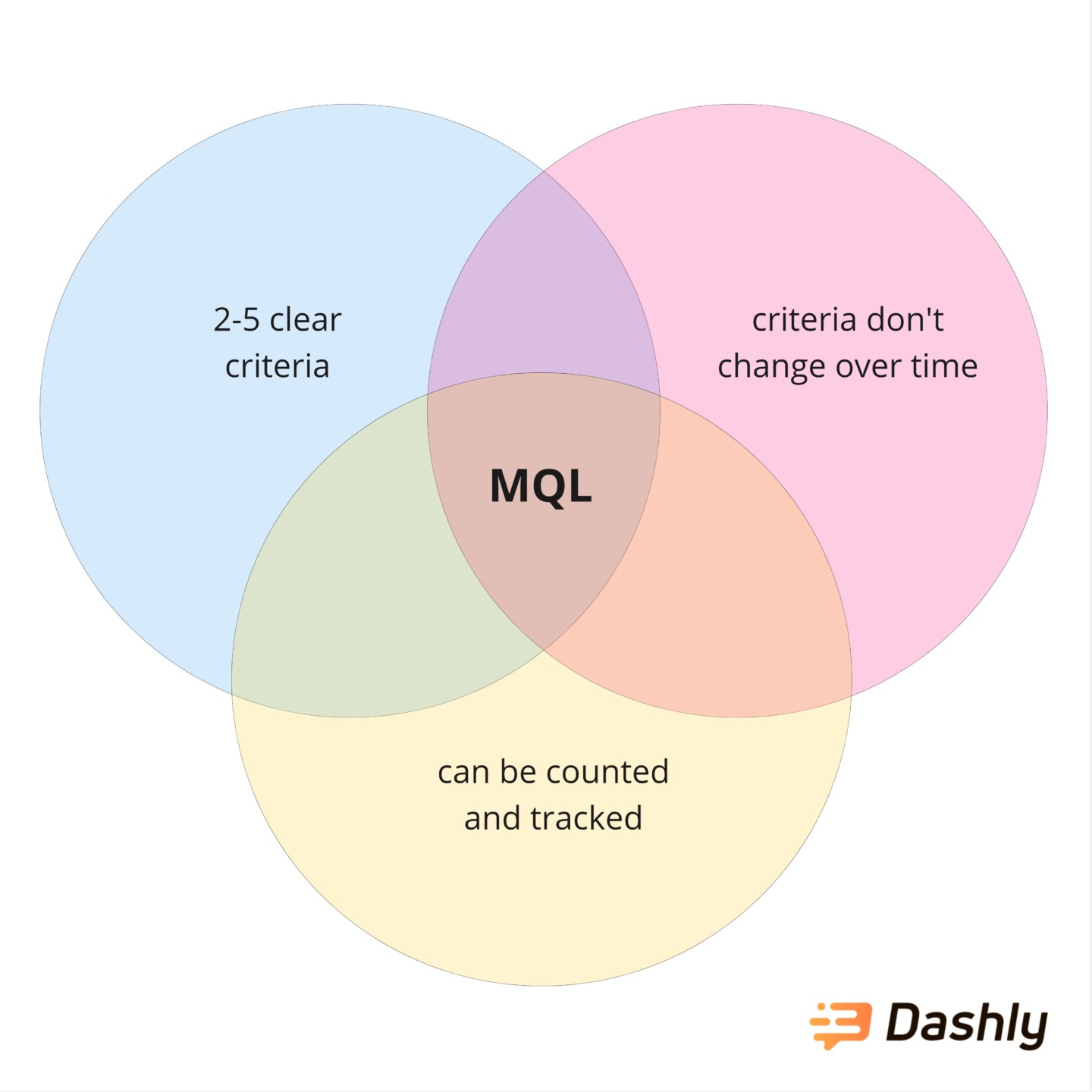
How to fix
- Define your ICP. Document firmographics, technographics, budget range, buying triggers.
- Translate ICP into a scoring rubric. Leads that hit the threshold become MQLs; the rest stay in nurture.
- Share the rubric and review monthly. Post‑mortem every closed‑won and closed‑lost deal to see if reality still matches the ICP hypothesis.
- Instrument the hand‑off. Marketing owns both MQL quantity and quality; Sales commits to swift follow‑up on qualified leads.
3. The sales hamster wheel — wrong people doing SDR tasks
What happens
Sales managers or Account Executives are paid to close deals. Instead, they spend mornings combing through form fills, sending Hey, saw you signed up! emails, or chasing no‑shows.
Impact
Each AE loses 3–4 hours daily on work a machine can do, which means fewer meetings, slower pipeline, more burnout.
Dashly way
Let the AI SDR own the first touch: qualification, objection handling, meeting booking. Your closers log in to a calendar already filled with sales‑ready calls.
The AI SDR books the meeting 👇

Then it nurtures the lead to it, sending reminders 👇
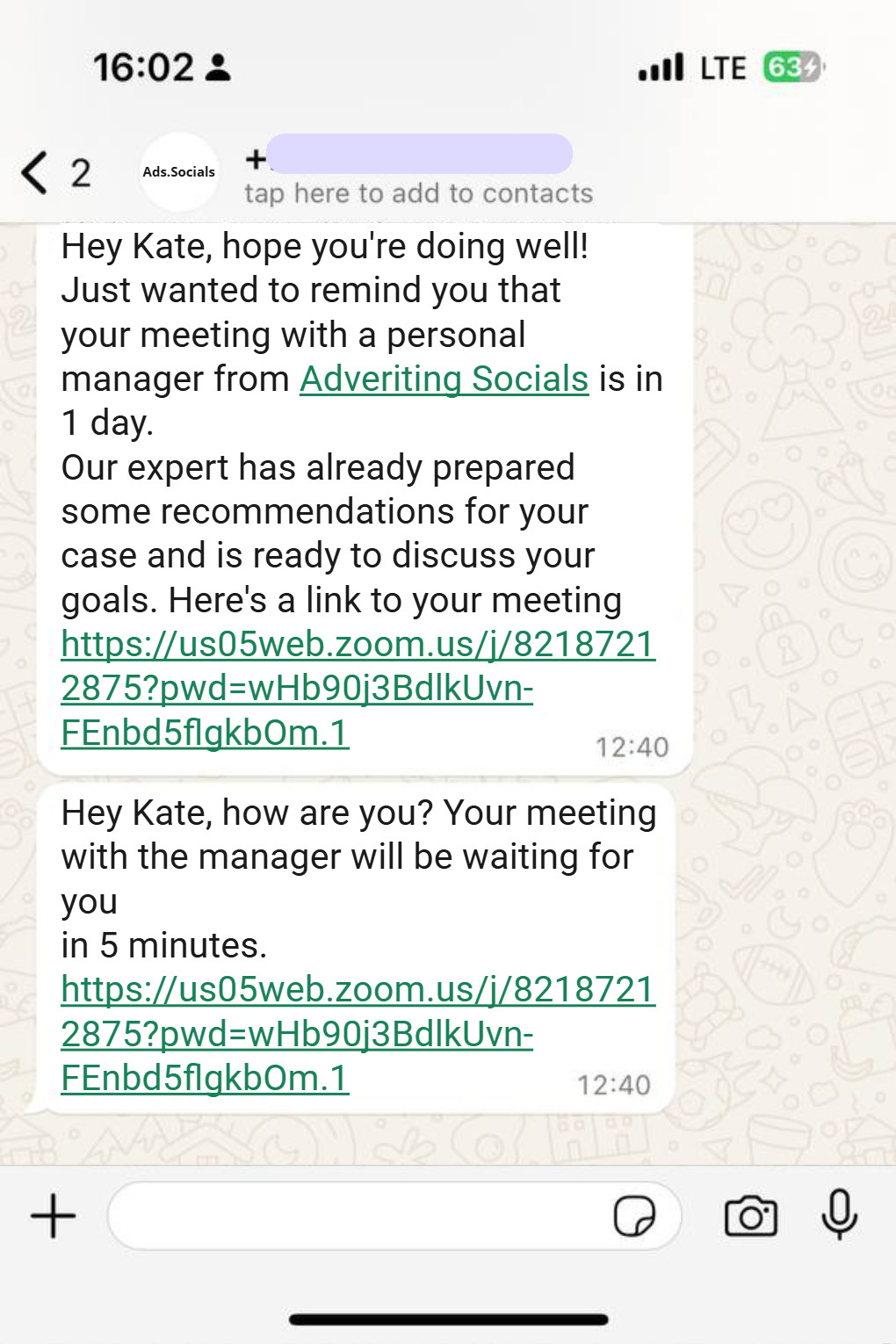
4. Low‑intent inquiries — when a meeting is overkill
What happens
Some visitors just want the price list or need a quick “Where do I upload my course?” answer. Forcing them into a 30‑minute call hurts everyone: they skip, AEs fume, pipeline metrics tank.
Dashly way
Dashly customer service AI agent handles the FAQ instantly in chat, email, or messenger. If the question uncovers a buying signal (budget, timeline, strategic need) it hands the thread to the AI SDR for qualification. Calendars stay clean.
Learn about real results of out AI customer service bot:
5. Where discovery calls go wrong — it’s not just a demo
“Out of a 30‑minute call the rep jumps into the product pitch almost immediately.”
What happens
Reps treat the call as a demo slot instead of a discovery. They skip pain digging, so the pitch feels generic, objections pile up, no next step is set.
Manager playbook
Before every discovery session, the sales manager pauses for a quick context scan: what pages the lead viewed, which assets they downloaded, any chat or email history, past tickets, and referral source.
Opening with an insight “I noticed you compared the Pro and Enterprise plans yesterday; which requirements matter most?” signals preparation, surfaces real pain fast, and lets you personalize the conversation. Teams that adopt this three‑minute pre‑call research ritual into their process regularly see demo‑to‑next‑step rates climb because buyers feel understood, not pitched.
6. Handing homework to the prospect — decision friction
What happens
“Great chat! I’ll email you a brief. Fill it in and we’ll proceed.” Spoiler: they rarely do. Each extra form field is an exit ramp off your funnel.
Manager playbook
After a productive discovery call, the sales manager keeps ownership of the process: collect any missing details right then or through a quick follow‑up email, send precisely‑matched case studies and technical docs, answer outstanding questions, and most importantly agree on the next live touch.
By reducing homework for the prospect and adding a personal, human touch, managers maintain momentum and make it easier for the lead to advance to the next stage.
Framework: Diagnose ➜ Automate ➜ Coach
Modern inbound ops break down into three repeating loops. First you surface the leaks, then you wire-up technology to plug the routine ones, and finally you upskill people for the hard stuff that tech can’t (yet) replace.
| Step | What you actually do | Tools & guardrails | Success signals |
| 1 · Diagnose | Audit every stage and SLA: • Pull 90 days of funnel data—MQL → SQL, SQL → demo, demo → won. • Time-stamp each hand-off (form submit ➜ first reply ➜ meeting set). • Tag drop-offs by root cause (speed, fit, rep follow-up, pricing, etc.). • Prioritize leaks with the highest revenue upside. | • CRM reports & cohort tables • Call-tracking and meeting data • Qualitative win/loss interviews | • Clear, agreed-on list of “top 3 leaks” with numeric targets to close them (e.g., raise demo-show rate from 62% → 75%). |
| 2 · Automate | Remove human latency from repeatable tasks: • Instant lead routing & ownership assignment. • Auto-emails/SMS that confirm interest or share a booking link. • Chat or WhatsApp flows that qualify on budget, authority, need, timing. • CRM workflows that create follow-up tasks if no reply in X hours. Start with the earliest leak; expand once KPIs move. | • CRM workflow builder • Conversational chatbots / AI assistants • Calendar scheduling links with round-robin logic | • <5-min median first-response time • 0 untouched MQLs after 24 h • Manual touches per rep down 20%+ |
| 3 · Coach | Level up skills where automation stops: • “Game-film” review of discovery calls 2× per week. • Micro-trainings on pain-finding, next-step closing, objection handling. • Shadow best reps; swap real call snippets into team libraries. • Weekly pipeline stand-ups: every deal has a next action & owner. • Quarterly re-certification on ICP & qualification rubric. | • Call-recording & scoring software • Peer-coaching sessions • Scorecards tied to funnel KPIs | • Demo-to-proposal rate climbs • Forecast accuracy within ±10% • Rep ramp time shrinks each quarter |
How to work with it:
- Pick one leak to fix per sprint (usually two weeks).
- Assign an “ops owner” + “sales owner” so diagnostics and coaching don’t drift.
- Document the playbook you just improved—then loop back to step 1.
With that cadence in place, you build a culture where every leak is discovered quickly, automation absorbs the grunt work, and humans continually sharpen the conversations that close deals.
Wrapping up
Your inbound funnel won’t magically convert itself. But most leaks are predictable and fixable once you know where to look:
- Respond inside five minutes. Better: 50 seconds.
- Give AEs proper context; let AI handle the busywork.
- Reserve meetings for buying signals; route low‑intent to self‑serve.
- Instrument, automate, coach. Repeat.
Ready to see if Dashly’s AI SDR can patch your leaks?
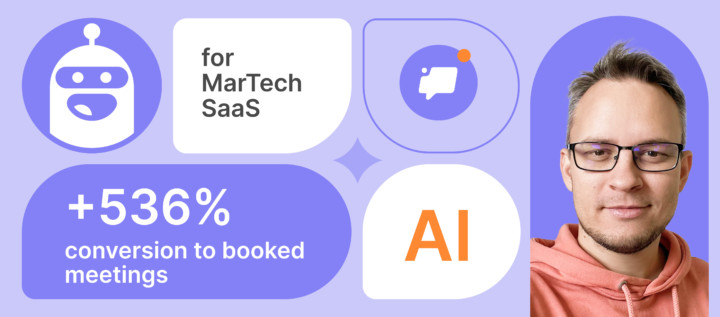
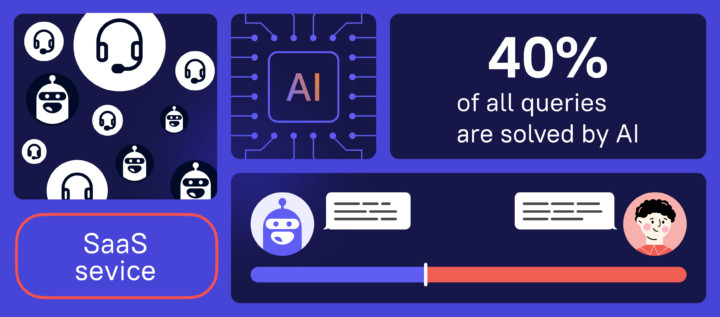




![25 growth hacking books [recommended by Dashly growth hackers]](https://www.dashly.io/blog/wp-content/uploads/2023/05/Growth-Hacking-Books-720x317.png)
